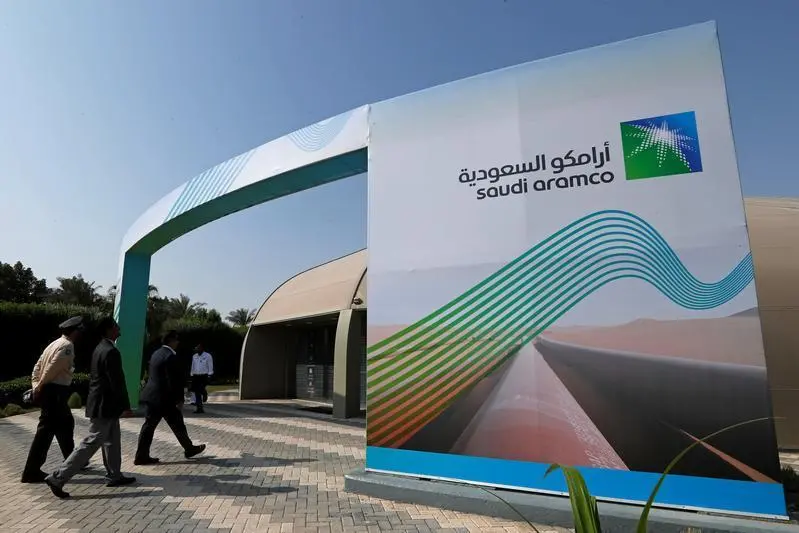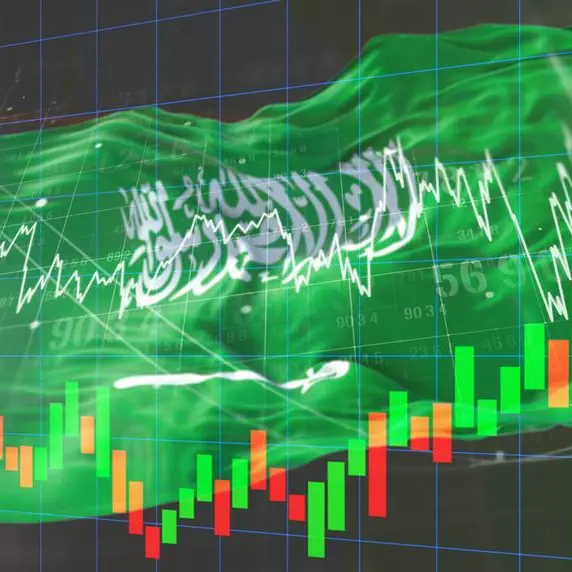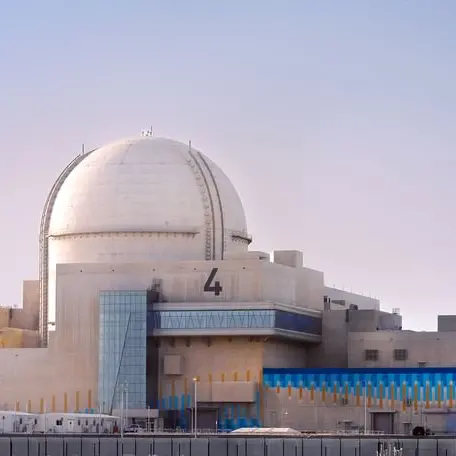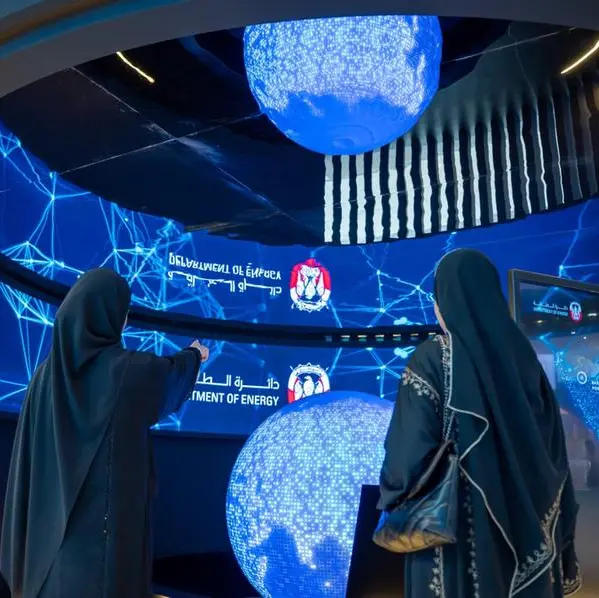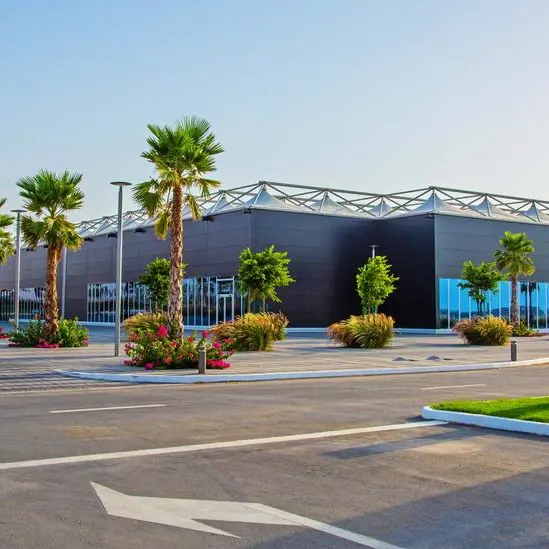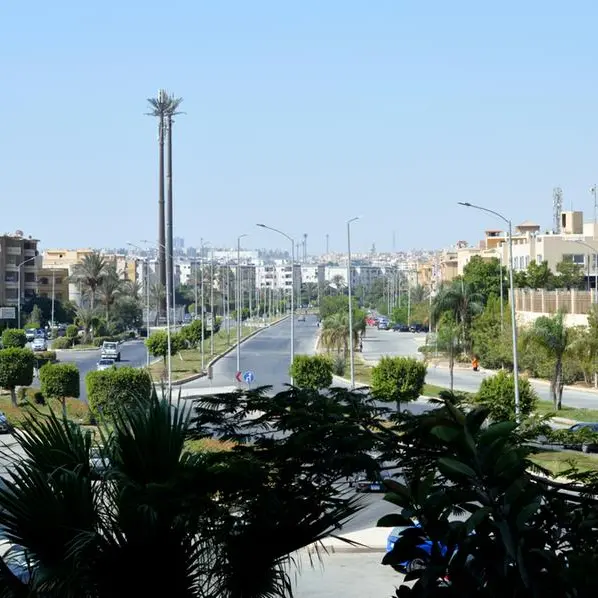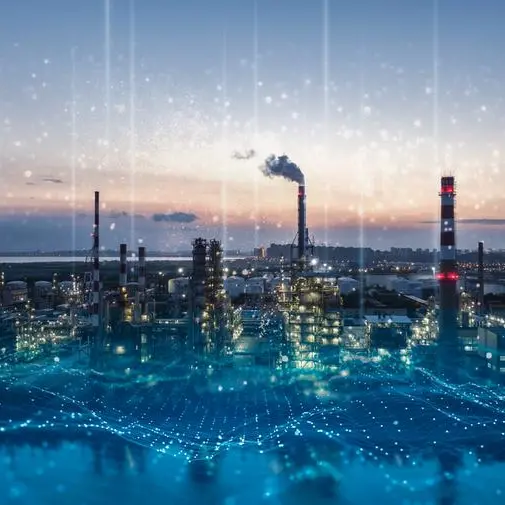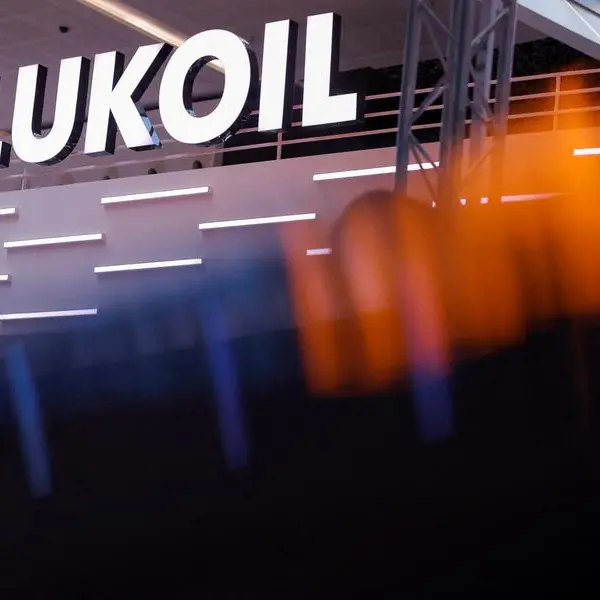PHOTO
State-owned oil producer Saudi Aramco will cut carbon emissions and ramp up production of blue ammonia in the next decade as the company strives to hit its energy transition goals.
In its first sustainability report released on Wednesday, the oil giant said it aims to reduce upstream carbon intensity by at least 15 percent by 2035, against 2018 baseline intensity. It will cut carbon intensity to 8.7 kg of CO2 equivalent per barrel of oil equivalent (CO2e/boe), against a 2018 baseline of 10.2kg CO2e/boe.
It also aims to reduce or mitigate greenhouse gas (GHG) emissions across its assets, both in its upstream and downstream segments, by more than 50 million metric tons of CO2e annually by 2035, versus business-as-usual forecast.
Aramco's report outlines its strategy to develop its blue ammonia and hydrogen business, producing up to 11 million metric tonnes of blue ammonia per year by 2030.
The blue ammonia, which is made using a low-carbon method with nitrogen and "blue" hydrogen derived from natural gas feedstocks, has the potential to reduce emissions in sectors such as heavy-duty transport, heating, and industrial applications.
Aramco sent its first shipment of blue ammonia in 2020 to Japan, in a pilot project to demonstrate the fuel could be exported.
According to the report Aramco is focusing on Circular Carbon Economy framework--reducing, reusing, recycling and removing GHG emissions.
By 2035, Saudi Aramco aims to achieve emissions reduction and mitigation through:
- 14 million metric tons of CO2e reduction annually
- Investing in carbon capture, utilization and storage will result in 11 million metric tons of CO2e reduction annually
- Energy efficiency improvements will help achieve 11 million metric tonnes of CO2e reduction annually
- 1 million metric tons of CO2e reduction annually via methane and flaring reduction
- Offsets: 16 million metric tons of CO2e mitigation annually
(Reporting by Brinda Darasha; editing by Seban Scaria)
